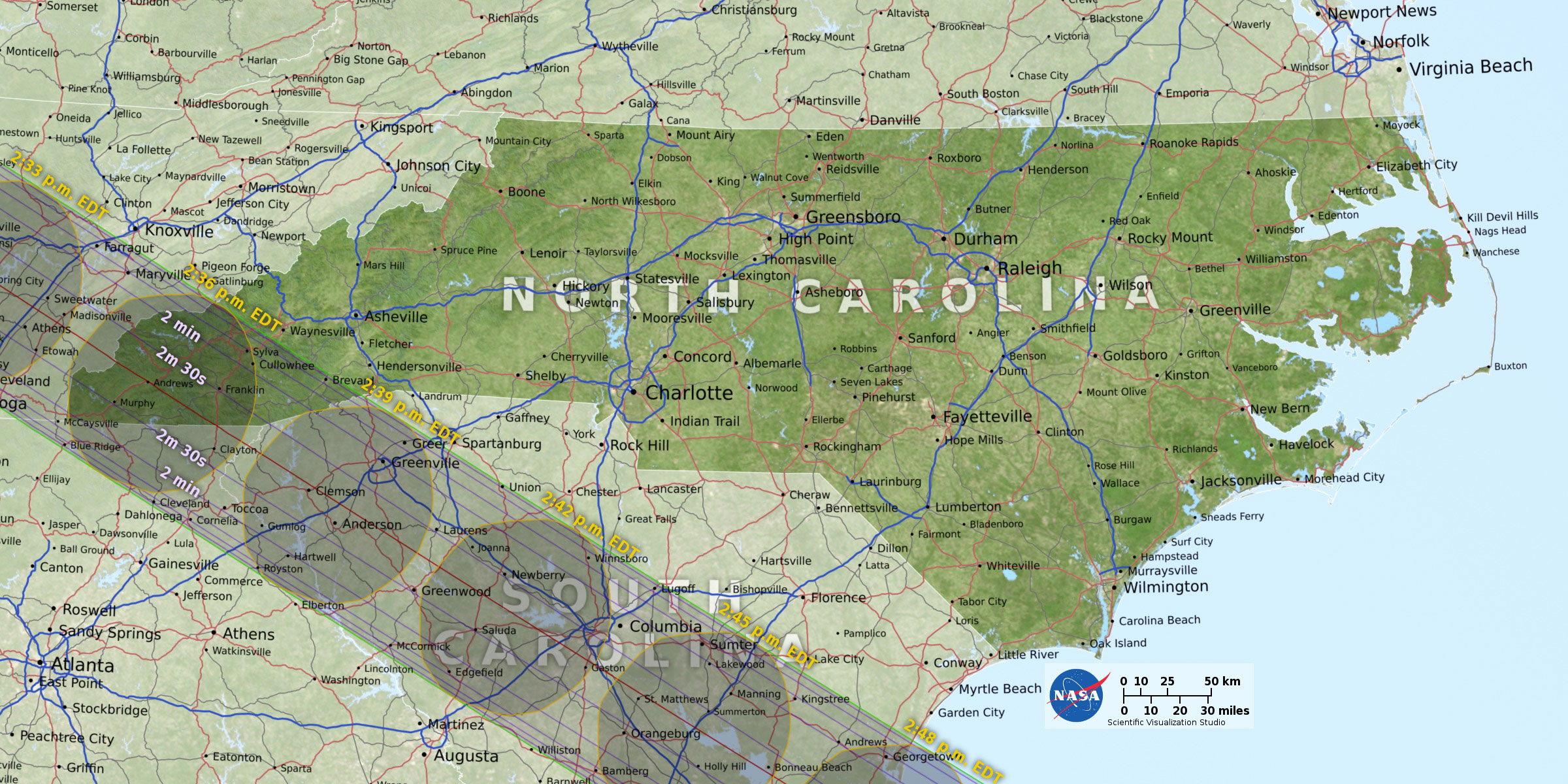Intro
Mt. Sterling towers above the Pigeon River Gorge on the northern end of the Great Smoky Mountains National Park. Sterling is a mountain steeped in history and covered in an elegant mix of hardwood and evergreen forestry.
The mountain was mistakenly named after a 2 foot streak of lead that crosses the Pigeon River on the Northern foot of the mighty mountain. Prospectors flocked in search of silver that was never found. Nowadays, visitors still come in search of metal, in the form of the east coast’s highest remaining fire tower.
On Sterling’s 5,842 foot summit stands a rickety and rusted, 60 foot tower which peaks above the surrounding forestry to give brave onlookers a sprawling view of the surrounding beauties of Southern Appalachia. It’s actually the tallest existing true fire tower in the South. (Want to explore WNC fire towers?)
What Makes It Great
In terms of a view, the one achieved from braving the harrowing and narrowing steps of the Mt. Sterling fire tower is unparalleled. Once you’ve adjusted to the swaying old fire tower, you can enjoy panoramic vistas in all directions.
The most popular approach to Sterling’s summit starts out at Mt. Sterling Gap and involves a 5 mile round-trip through the woods. The Gap is in the middle of a remote and rugged stretch of road that is historically known as “The Old Cataloochee Turnpike.”
From the Mt. Sterling Gap Trailhead, hikers begin their journey on the aptly named Mt. Sterling Trail. For 2.3 miles, the trail winds upwards 2,000 feet along Sterling’s flanks through old-growth fir forests lined with fascinating flora. Once you’ve completed this section of trail, the path turns to the right and gently follows the ridge line of Mt. Sterling for another .4 mile to its summit. The summit is home to a fragrant evergreen forest and backcountry campsite #38.
Water can be found roughly .2 mile past the summit down the well-signed Baxter Creek Trail. Although beautiful, the summit itself does not offer any long range views. View seekers must make their way up the tower to obtain a scenic perspective.
Who is Going to Love It
Adventurous hikers who desire a memorable view are really going to find what they are looking for on this mountain. The tower provides some incredible photo ops and an almost unimaginably expansive view of the Smokies, as well as Pisgah and Cherokee National Forests. If you enjoy the pungent aroma of evergreens, then the forests of Mt. Sterling are the perfect place to come to stimulate your sense of smell.
Hikers looking for a more strenuous day can take the Baxter Creek trail for a strenuous 6.2 mile approach to Sterling’s summit from the Big Creek Campground area.
Directions, Parking, & Regulations
From Asheville, take Interstate 40 west to the North Carolina/Tennessee state line and take exit 451 for Waterville. Turn left and cross the bridge onto Waterville Road. After 2 miles, you will come to a four-way intersection. Take a left onto Mt. Sterling Road and continue for 6.7 miles on the gravel road until reaching the sign for Mt. Sterling Gap.
If you are up for a scenic drive after your hike, continue in the same direction on The Old Cataloochee Turnpike into Cataloochee Valley to view historic sites and famous wildlife. Well marked signs will help you return from Cataloochee Valley to Interstate 40.
No fees or permits are required for a day hike to Mt. Sterling but you must register ahead of time for a spot at backcountry campsite #38.
Featured image provided by Miguel Vieira























































